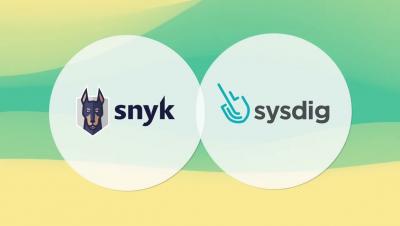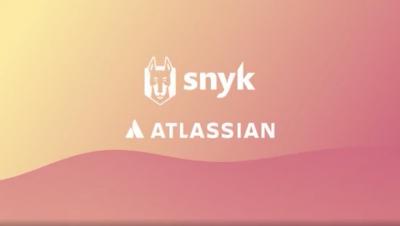Security | Threat Detection | Cyberattacks | DevSecOps | Compliance
Snyk
Exploring 3 types of directory traversal vulnerabilities in C/C++
Directory traversal vulnerabilities (also known as path traversal vulnerabilities) allow bad actors to gain access to folders that they shouldn’t have access to. In this post, we are going to take a look how directory traversal vulnerabilities work on web servers written on C/C++, as well as how to prevent them.
Developer-First Security in Atlassian Bitbucket Cloud, Bitbucket Pipelines, and Jira with Snyk
Browsers tormented by open roll vulnerability
“Never click unexpected links!” Ever hear someone yell this? Virtually every person in tech has a healthy suspicion of random links; it is for a good reason. Every now and then there are huge leaks from industry leaders as a result of a targeted campaign. One of the most reliable ways to “phish” someone, or exfiltrate their credentials, is to abuse an open redirect vulnerability in a safe-looking website and redirect the victims to a malicious one.
This Week in VulnDB - highlight on sprint4shell and dep supply chain vulnerability
A Day In The Life of an Energy Company CISO - Mel Migriño
Spring4Shell: The zero-day RCE in the Spring Framework explained
On March 30, 2022, a critical remote code execution (RCE) vulnerability was found in the Spring Framework. More specifically, it is part of the spring-beans package, a transitive dependency in both spring-webmvc and spring-webflux. This vulnerability is another example of why securing the software supply chain is important to open source.
Using the Snyk Vulnerability Database to find projects for The Big Fix
As developers, we all have our morning startup routine: make coffee, check Slack/Discord/email, read the latest news. One thing I do as part of my daily startup routine is check the Snyk Vulnerability Database for the latest open source vulnerabilities. It’s been especially interesting to see the types of exploits and vulnerabilities that appear in different ecosystems.
Is there such a thing as Spring4Shell?
Very early in the morning on March 30th (for me), my colleague DeveloperSteve posted a “Hey, have you seen this?” message in our slack channel. It was an “advance warning” of a “probable” remote code execution (RCE) in the massively popular Java Spring framework. I would come to find out that even earlier than that, the Snyk Security team started investigation a potential RCE in Spring after seeing a tweet that has since been deleted.
Building a secure GraphQL API with Node.js
GraphQL provides security straight out of the box with validation and type-checking. However, it doesn’t fully address security concerns around APIs. In this article, we’ll learn how to secure GraphQL APIs by building a simple Node.js application using Fastify and GraphQL. According to its official documentation, GraphQL is a graph query language for APIs and a runtime for fulfilling those queries with our data.











